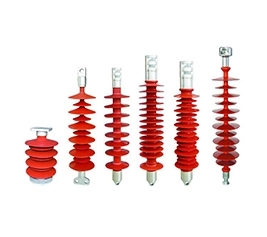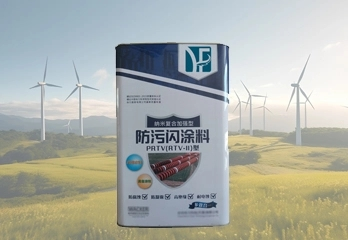en
+
The hardware fittings in power systems are primarily used to connect, support, and protect the conductors, equipment, and other facilities in power lines, ensuring the safe and reliable operation of the lines. Their roles include bearing mechanical stress, maintaining the normal tension of the lines, providing insulation support, and preventing conductors from colliding with each other.
Functions of Power Line Hardware Fittings
1. Connection: Hardware fittings are used to connect conductors and electrical equipment (such as substations, transmission towers, support poles, etc.), ensuring the effective transmission of electricity.
2. Support: Hardware fittings support conductors or other power facilities, allowing conductors to hang at the proper position, maintaining the tension and balance of the lines.
3. Mechanical Protection: Hardware fittings bear the mechanical load of the power lines and resist external environmental factors such as wind, snow, etc.
4. Insulation: Some hardware fittings have insulating functions, preventing conductors from short-circuiting with other metal facilities or the ground, ensuring the safety of the power system.
5. Anti-vibration: Hardware fittings are designed to prevent damage to power lines caused by vibration, especially in strong winds or other harsh weather conditions.
Classification of Power Line Hardware Fittings
Power line hardware fittings can be classified according to their functions and uses, including the following main types:
1. Conductor Fittings: Used for connecting, supporting, and fixing conductors, such as line clamps, tension fittings, etc.
- Line Clamp: Used to secure and connect conductors, ensuring they do not fall off or slip.
- Tension Fitting: Used for connecting and adjusting the tension of the conductor.
2. Insulation Fittings: Mainly used to insulate conductors from supporting facilities in the power line, ensuring the safety of the power system.
- Insulator: Insulates conductors from supporting poles or tower structures in the power line, preventing current leakage or short circuits.
3. Grounding Fittings: Used to ensure the safety grounding of the lines and prevent damage to equipment due to accidental currents such as lightning.
- Grounding Clamp: Connects the grounding wire to electrical facilities, providing an effective path for the current.
4. Tower Fittings: Used to connect and support tower structures, ensuring the stability of the power lines.
- Tower Connection Fittings: Connect different segments of the tower, ensuring the overall stability of the tower structure.
5. Anti-vibration Fittings: Used to reduce vibration caused by wind or other external forces, preventing damage to the lines.
Technical Requirements for Power Line Hardware Fittings
1. Mechanical Strength: Fittings must have sufficient mechanical strength to withstand the tension of conductors, wind forces, ice and snow loads, and other environmental impacts.
2. Corrosion Resistance: Since fittings are typically used in outdoor environments, they must have corrosion resistance to adapt to different climatic conditions (e.g., high humidity, salt spray environments, etc.).
3. Insulation Properties: For insulation fittings, they must have good insulating properties to prevent electrical faults.
4. Seismic Resistance: Fittings need to have certain seismic resistance to prevent damage during natural disasters such as earthquakes or storms.
5. High-temperature Resistance: The materials used for fittings must be able to withstand high temperatures to prevent deformation or breakage due to excessive heat.
6. Ease of Operation: The design of the fittings should facilitate easy installation and maintenance, reducing installation time and labor costs.
7. Service Life: Fittings must have a long service life to reduce the frequency of replacements and lower maintenance costs.
These technical requirements ensure the stability and long-term operational safety of power lines and are an essential component of power systems.




